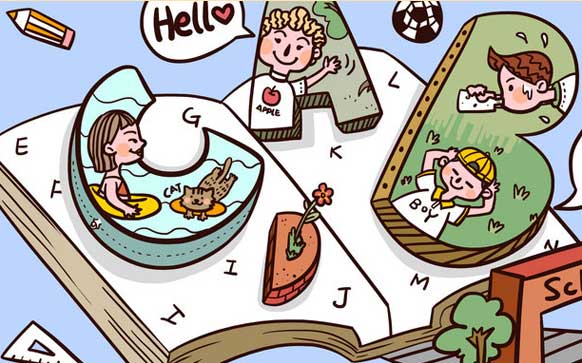Photo Albums: A Journey Through the English Language
In today's digital age, photo albums are no longer mere keepsakes of memories but have become an integral tool for capturing and sharing moments. With the advent of smartphones and social media platforms, the concept of a physical photo album has taken a backseat. However, in the realm of language learning, understanding the English phrase "photo album" is crucial for effective communication and cultural appreciation. This essay aims to provide a thorough analysis of this term in English, its various spellings, pronunciation, and usage scenarios in different contexts. The term "photo album" in its basic form translates to "foto album", which means a collection of pictures or photographs bound together with a cover, usually printed on paper. The word "album" originates from the Latin word "albo", meaning light, as it refers to the binding of multiple photos. Over time, this phrase has evolved into various forms, each carrying specific connotations and meanings. One common spelling of the term is "photo album" itself, which is widely used in English-speaking countries. It can also be written as "foto album" or simply "album," depending on the context and individual preference. Another popular variant is "picture album," which emphasizes the collection of visual elements rather than just photographs. Pronunciation of "photo album" varies slightly across regions due to differences in accent and dialects. In British English, it is often pronounced as /ˈfəʊtəʊ bɒkjuːl/, where the first syllable is stressed, while in American English, it is often pronounced as /fɑt bɑkjʊl/. However, both variants are commonly heard in English-speaking countries. In terms of usage scenarios, "photo albums" can refer to various objects, including physical albums containing photographs, digital albums stored on computers or mobile devices, and albums used for recording music or audio content. The most common use of the term occurs when referring to physical albums that contain photographs, such as wedding albums, family albums, and holiday albums. These albums serve as valuable mementos that capture significant milestones and experiences in life. Another common application of "photo album" is in digital photography. Digital albums allow users to store and organize their photographs in a more organized and accessible manner. They can be accessed and edited using various software applications, making it easier to find specific images or create custom slide shows. In addition to these practical uses, "photo album" can also be used metaphorically or figuratively in literature and speech to describe collections of thoughts, emotions, or memories that are shared through photographs. For example, a friend may say, "I took this picture to capture the moment we were laughing so hard," indicating that this photo is representative of a particular memory or emotion. Furthermore, the term "photo album" is frequently encountered in advertisements, product descriptions, and marketing materials aimed at selling photographic equipment or products related to photography. These ads often highlight the unique features and advantages of their offerings, such as high resolution cameras, easy-to-use editing software, or durable storage solutions. In summary, the English phrase "photo album" is a versatile term that encompasses various meanings and usage scenarios across different cultures and languages. While there may be minor variations in pronunciation and spelling, the core idea remains consistent—a collection of photographs bound together with a cover for preservation and sharing. Whether you're looking to capture special moments or simply enjoy the beauty of your own memories, a photo album can be a treasure trove of experiences and emotions that will last a lifetime. 推荐阅读》未经允许不得转载:» photo album怎么读英语

 家长点评网
家长点评网











